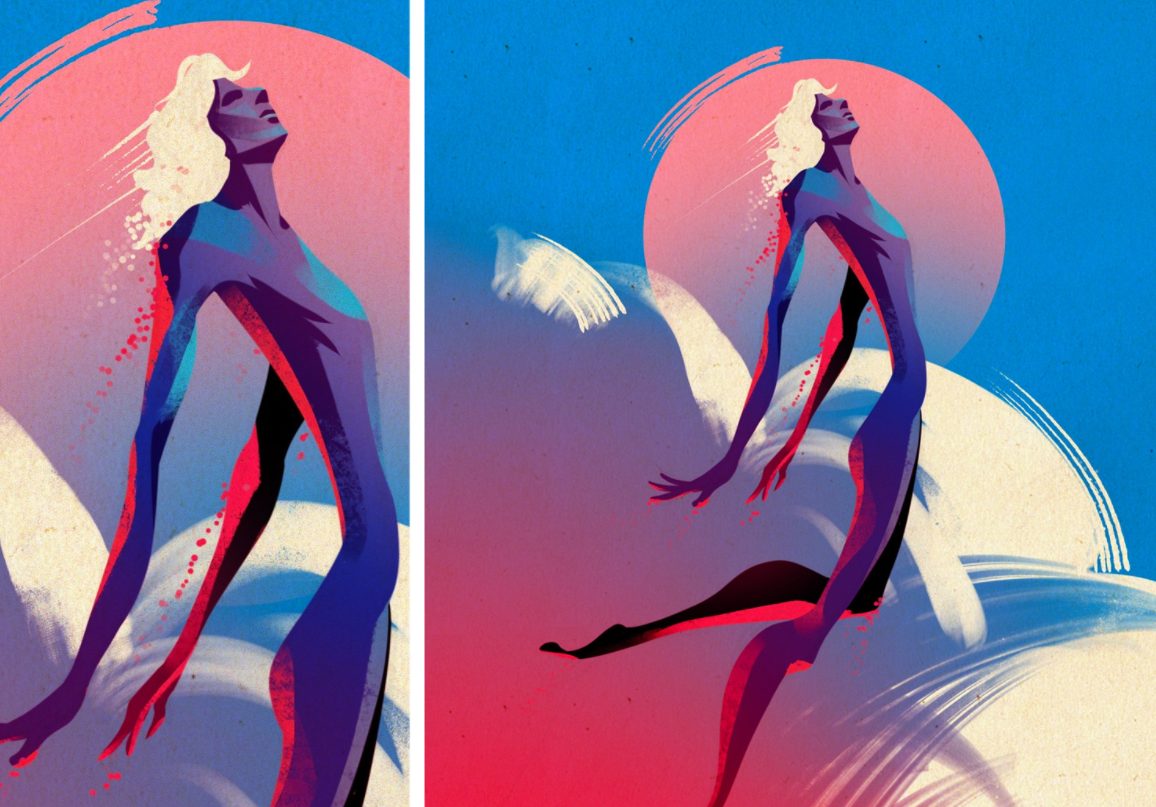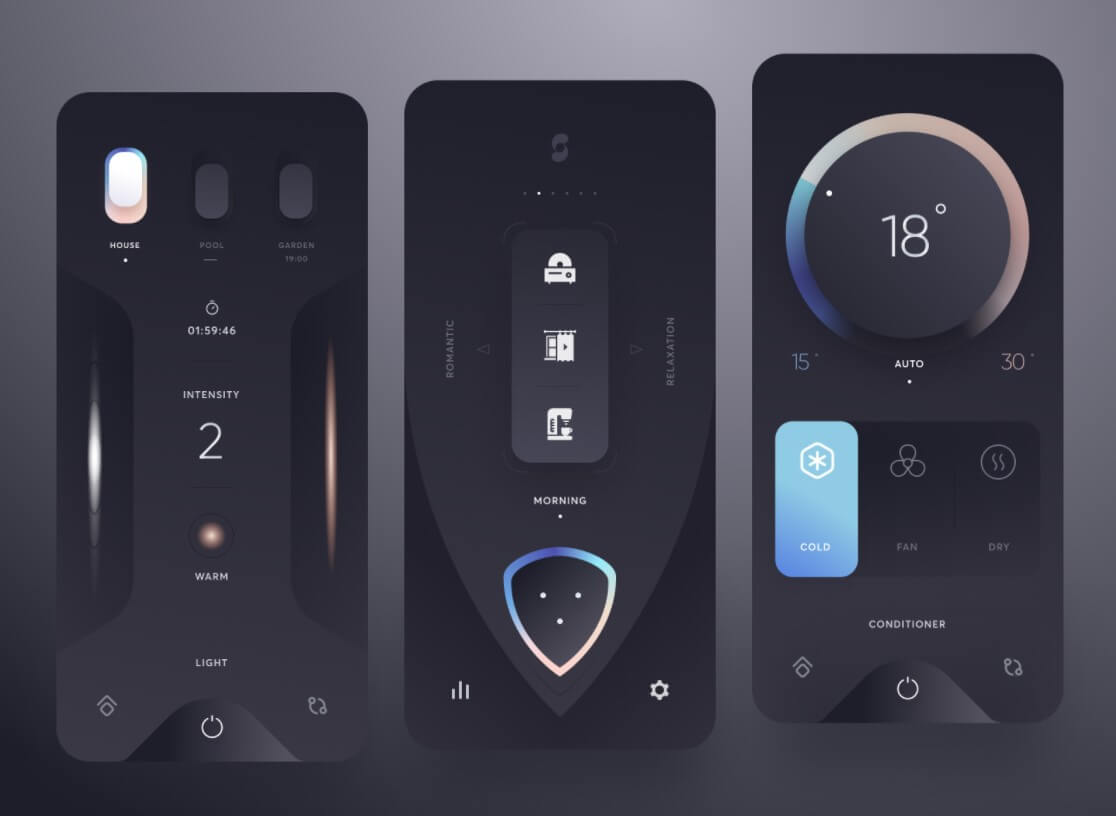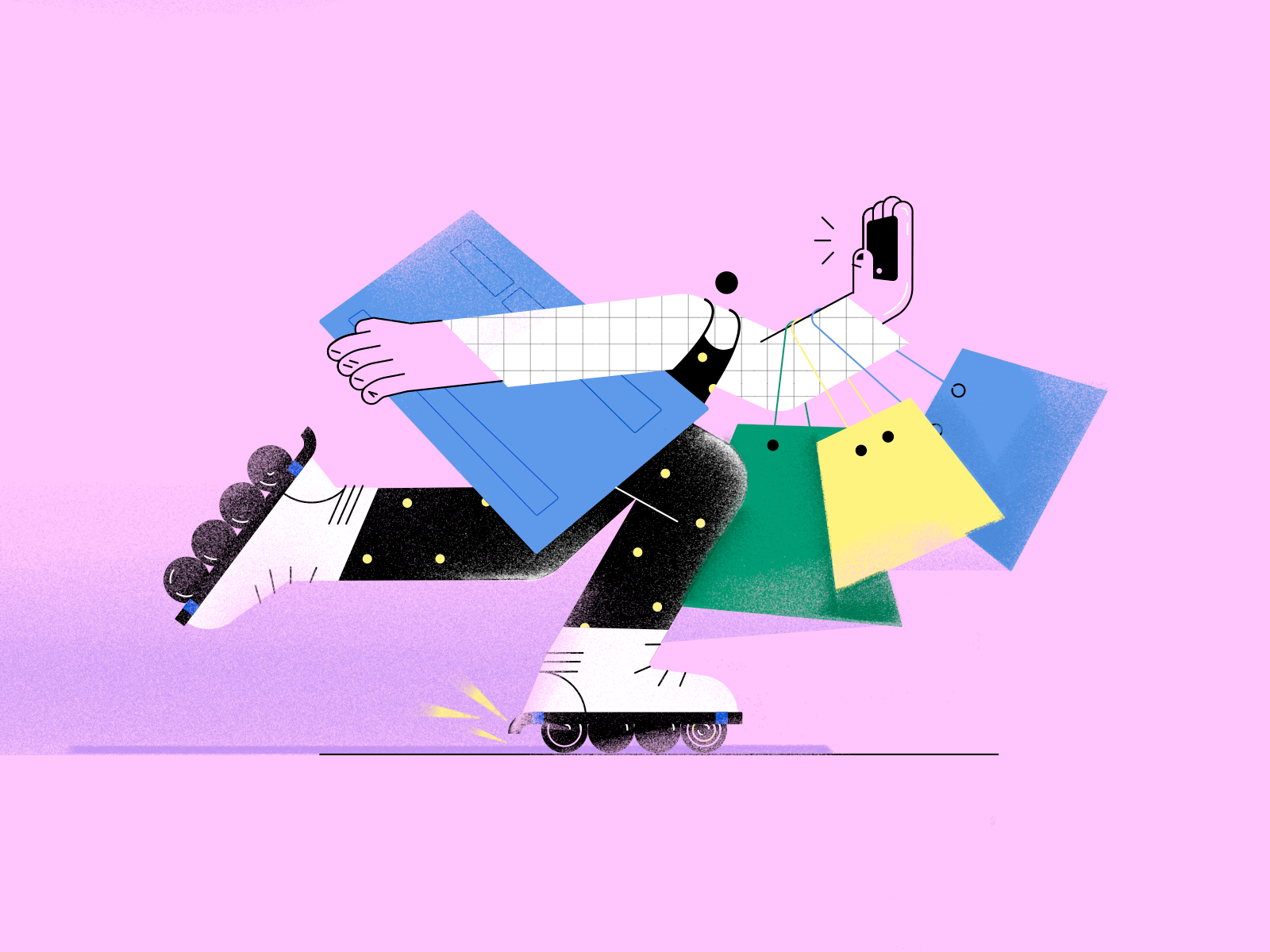Lean UX is considered to be an incredibly useful modern technique when working on projects that use the agile development method. Traditional UX methods often don’t work when development is done in a rush—there isn’t enough time to deliver UX in the same way. Essentially, lean UX and other forms of ui ux design services have the same goal of providing a user experience, but it’s just that the way you work on a project is slightly different. So let’s see how exactly.

What is lean UX?
A lean-agile mindset, culture, and lean UX process in design, where functionality is implemented in minimum viable increments, and the success of the implementation is measured against predefined metrics, is often what a modern product design lacks. That’s why more and more lean design advocates these days seek the technology to implement in design via effective agile tools.
Lean UX originates from the Lean Startup methodology of Eric Ries and Steve Blank, which boils down to: “Give users what they want and need, not what the business wants and requires from the user.”
And that, in fact, is what unites the key differences between doing the right thing (Lean UX) and how to make it work (Agile UX), which is also what the agile mindset is all about.
What are the real benefits of lean UX?
The lean ux process model primarily focuses on experience in the design process and is less focused on results than traditional UX. This requires a higher level of cooperation with the entire team.
The main goal is to focus on getting feedback as early as possible so that it can be used to make quick decisions, avoid misunderstandings, and as a result, shorten the time for revisions. The essence of agile development is to work in fast iterative cycles, and Lean UX mimics these cycles to ensure that the data generated can be used in each iteration successfully.
What Lean UX is trying to do is make sure that what you are doing actually delivers something useful and also usable before you get close to designing it.
Lean UX Design Principles
Early customer validation instead of releasing products of unknown value to the end-user is the key lean UX manifesto. When you decide to follow the lean ux design method, there are a few things to keep in mind:
- You need to understand the target audience and its problems.
- You need to create an MVP (Minimum Viable Product).
- Designers work in short iterations.
- They constantly test innovations on users and, if something is wrong, quickly roll back.
- They work as a smart team: UX designers, designers, developers, and testers work together and constantly exchange opinions and tasks.
It can be very tempting to think of a good user experience solely in terms of engagement, where having a large and detailed list of features full of rich content and great interactions is the key to happy users. It’s tempting but unrealistic. Instead, it’s not just a product or service, it’s a solution to user problems, and if you don’t know the problem, you can’t develop a solution. Lean design is more focused on prevention from any situations like that.
How to work with MVP then?
How is the work with the minimum viable product organized? In practice, the team may take a raw, but the viable product (that is, with the necessary functions that may be of interest to someone) and gradually build its meat, muscles, fat on it which are among UX designers the metaphor for the new features, functions, and properties.
As a result, the product is growing more and more successful & stable in the market (at least you count it is). And this happens thanks to the immediate focus on the end-user and growing the product in the right direction based on that.
Lean MVP design shortlist
So, if we are operating lean with a minimum viable product, we must:
- Form a vision for the product.
- Form business objectives.
- Form user roles understand their tasks and goals.
- Build a product prototype.
- Test it.
- Start all over again.
A lot of people resort to doing this instead of solid sprints and hard-core workshop sessions now or at least seek for simple, fast and effective solutions like lean UX designs. To make it right, hire ux developers .
To Sum Up
Lean UX is a methodology that seeks to understand and integrate business and user needs in learning cycles, a now-familiar build-measure-learn, and an implement-to-production scheme with a minimum of paperwork and documentation approval. While agile UX seeks to combine agile software development methodology with user interface design practices for manufacturing. It is similar to UX design, but not as deep and measured. And that’s only a top of an iceberg.
Averagely, what lean UX is trying to do is make sure that what you are doing actually delivers something useful and also usable before you may even get close to designing things. And what do you think?




















